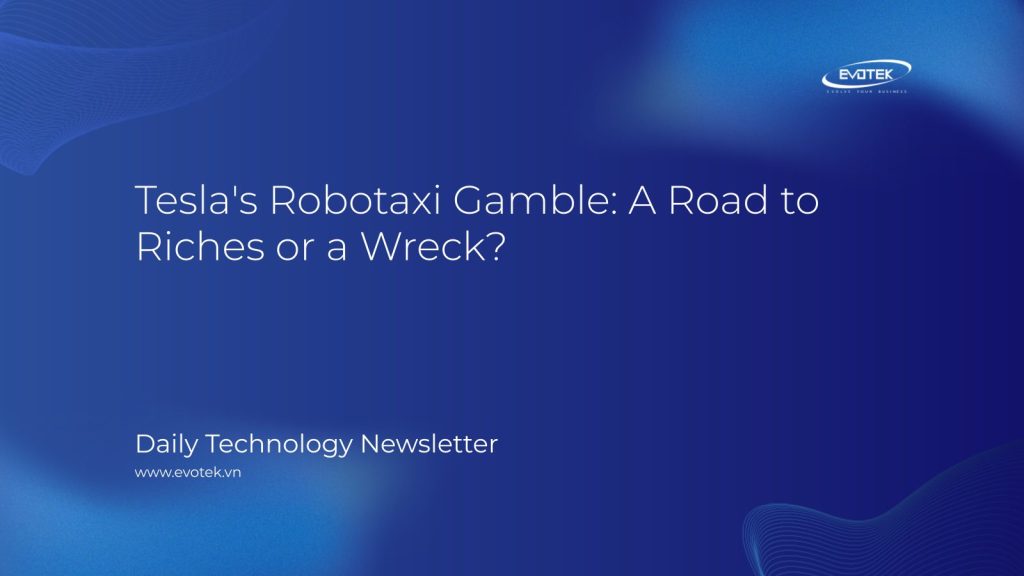Austin, TX – Elon Musk is betting big on Tesla’s robotaxis, planning a pilot program in Austin next month. Up to 20 self-driving electric Model Ys will navigate the city, but safety concerns and technical challenges loom large. Will this gamble pay off, or will it be a disaster?
The Stakes Are High
Tesla’s EV revenue is under pressure from Chinese competition and a backlash against Musk’s public persona. The robotaxi rollout is seen as a critical step to reassure investors and revitalize the company’s image.
Safety Concerns
Critics like Dan O’Dowd, a vocal opponent of Tesla’s autonomous driving claims, argue that the technology isn’t ready. O’Dowd’s tests of Tesla’s Full Self-Driving (FSD) software have revealed numerous failures. “It’s going to fail for sure,” he warns.
The safety record of Tesla’s Autopilot and FSD systems is already under scrutiny, with multiple investigations by the National Highway Traffic Safety Administration (NHTSA) and links to fatal accidents. NHTSA has requested details about Tesla’s Austin plans, particularly regarding performance in adverse weather conditions.
Limited Testing and Data
The public demonstration of Tesla’s “Cybercab” at Warner Brothers Studio was more spectacle than substance, according to experts like Noah Goodall. “It was just operating vehicles on a closed track on a movie lot. It was not impressive at all,” he said.
Tesla’s data sharing practices also raise concerns. Unlike competitors like Waymo, Tesla hasn’t provided detailed safety data from its California autonomous vehicle testing program. This lack of transparency makes it difficult to assess the true capabilities and risks of its self-driving technology.
The Waymo Comparison
Waymo, a leader in robotaxi technology, has taken a more comprehensive approach, investing billions over 16 years to master every aspect of the ride-service experience. Waymo focuses on customer service and safe navigation in complex urban environments.
Tesla is relying on cameras as the primary sensors, while Waymo employs a combination of lidar, radar, and cameras. Experts like Missy Cummings argue that lidar is essential for reliable self-driving, especially in challenging conditions.
Can Tesla Deliver?
Musk envisions a future where every Tesla owner can deploy their car as a robotaxi, earning extra income. But critics question whether Tesla can overcome the technical and safety hurdles to make this vision a reality.
Dan O’Dowd sums up the skepticism: “It’s all lies, everything he says.”
The Austin robotaxi rollout will be a crucial test for Tesla. Success could transform the company and revolutionize transportation. Failure could damage Tesla’s reputation and raise serious questions about the safety of its self-driving technology.

 日本語
日本語 한국어
한국어 Tiếng Việt
Tiếng Việt 简体中文
简体中文